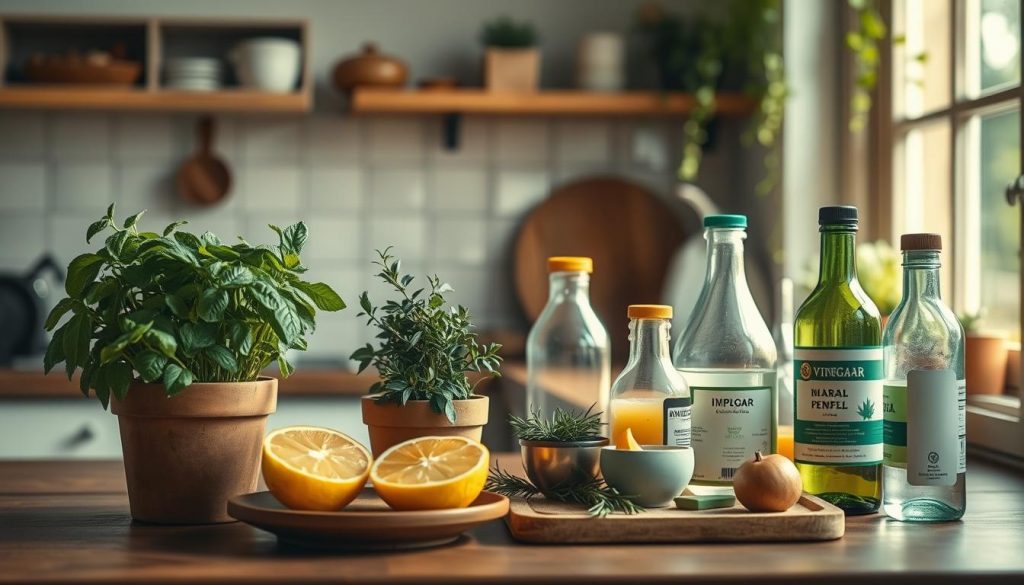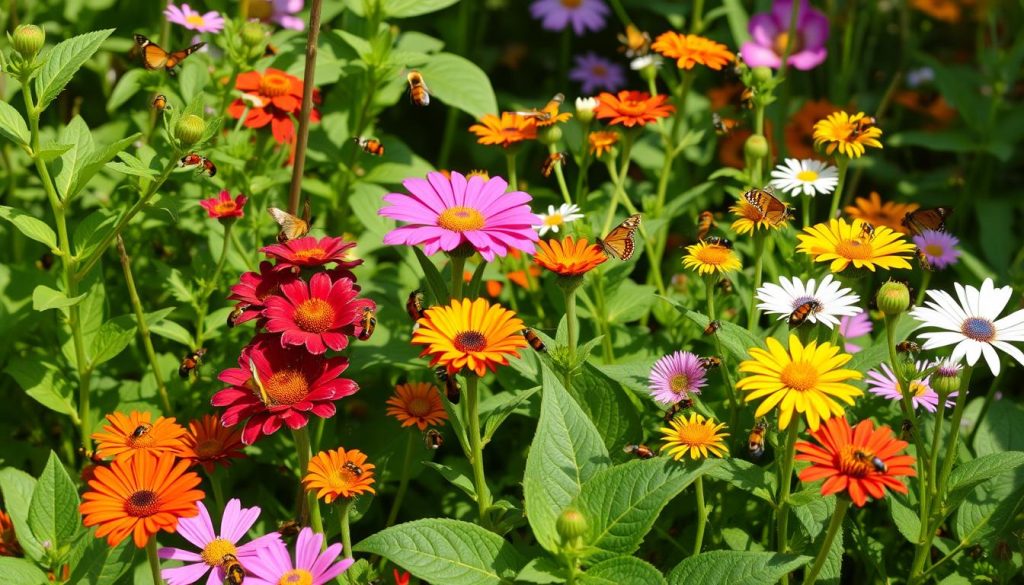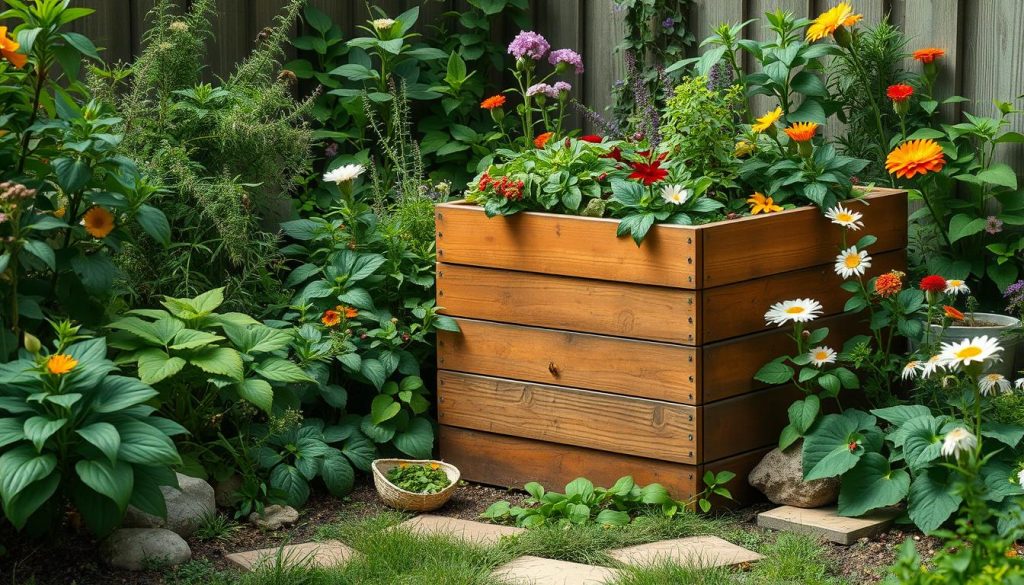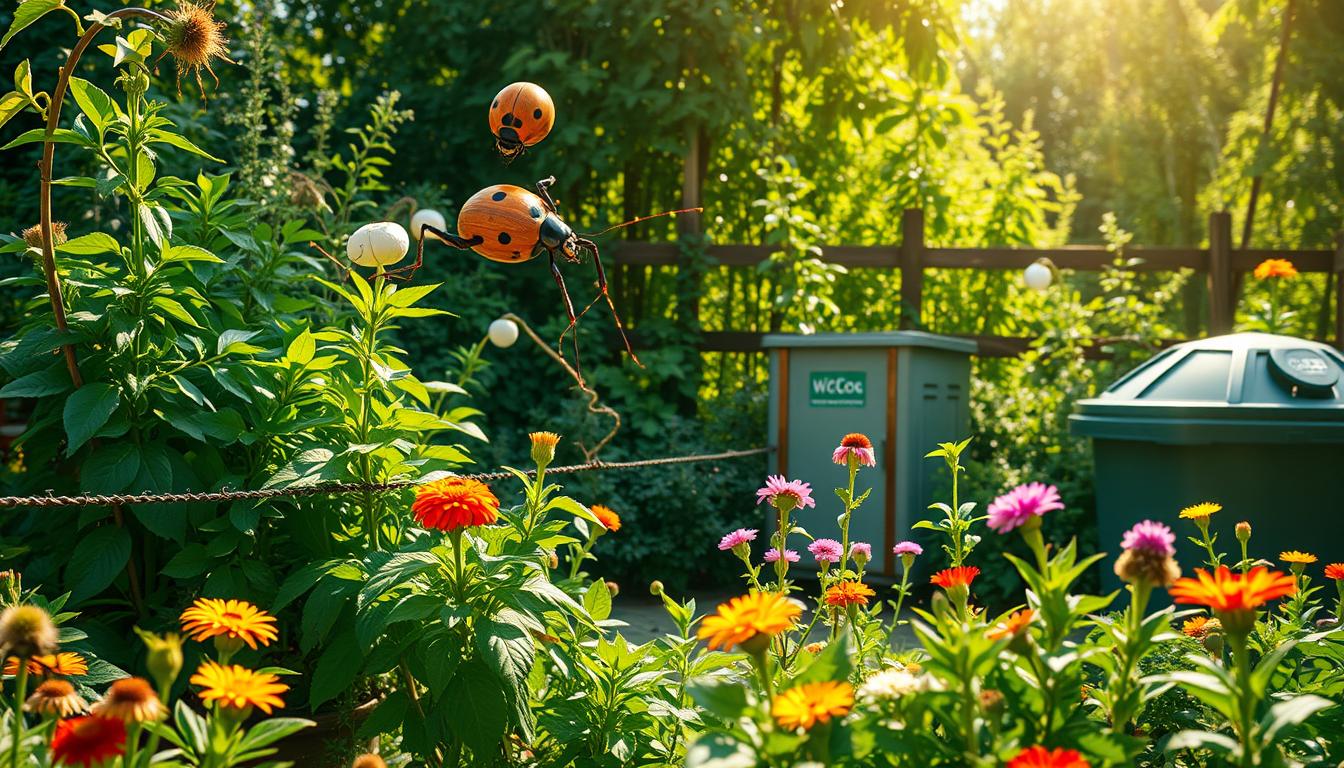I recently switched to zero-waste pest control at home. I’m excited to share my experience with eco-friendly pest control. Many homeowners in the United States are now looking for sustainable ways to manage pests.
Zero-waste pest control methods are a great alternative to traditional products. They are effective and good for the environment.
Exploring zero-waste pest control showed me the importance of eco-friendly methods. These methods reduce waste and make our homes healthier. I’ll share my tips on how to use zero-waste pest control in your home.
Choosing zero-waste pest control means you care about our planet’s health. In this article, I’ll share my journey to zero-waste pest control at home. I’ll highlight the benefits of eco-friendly pest control and give you tips to start.
Understanding Zero-Waste Pest Control
To effectively implement zero-waste pest control, it’s key to grasp the zero-waste concept. Zero-waste means cutting down waste and lessening the environmental harm of pest control. It focuses on using sustainable methods that are non-toxic, reducing chemical use.
By going for zero-waste pest control, homeowners can lessen their environmental impact. This makes their living space healthier. It’s good for the planet and ensures a safer, more eco-friendly pest management.
Some main strategies for zero-waste pest control include:
- Using natural and non-toxic methods to control pests
- Reducing the use of chemical-based products
- Implementing sustainable pest management practices
Non-toxic pest control is a big part of zero-waste pest control. It uses essential oils, DIY traps, and natural remedies. These methods help homeowners avoid chemical products and make their homes healthier. Sustainable pest management combines these non-toxic methods to manage pests well and cut down waste.
In summary, understanding zero-waste pest control is the first step to a greener, healthier home. By choosing non-toxic methods and reducing waste, homeowners help make pest management more eco-friendly.
Common Pests I Faced in My Home
On my journey to zero-waste pest control, I met many common pests. These pests can damage our homes and harm our health. Knowing the pests and their habits is key to controlling them.
Ants, cockroaches, and rodents were the pests I faced most. They like food, moisture, and shelter. Keeping my home clean and tidy helped me keep them away. I used natural methods like essential oils and diatomaceous earth to repel them.
Identifying Household Pests
Knowing the pests is the first step in controlling them. Look for signs like droppings, gnaw marks, and strange smells. Spotting these signs early helps prevent bigger problems.
Preventative Measures I Took
To stop pests, I took several steps:
- Sealed all entry points around my home.
- Kept my kitchen clean and free of food.
- Used natural deterrents like essential oils and diatomaceous earth.
- Applied green pest control methods like traps and barriers.
These steps helped me avoid pest problems and live sustainably. Natural methods and green solutions were crucial in my zero-waste pest control.

Natural Remedies for Pest Control
I’ve found natural remedies to be very effective in my quest for zero-waste pest control. Organic pest control alternatives are now a key part of my home. They offer a safer and greener way to keep pests away. Essential oils like peppermint and lemongrass are great for repelling pests.
Environmentally friendly pest control methods, like integrated pest management (IPM), have changed the game for me. By using physical barriers, traps, and natural repellents, I’ve cut down on pests without harming the planet. Useful organic pest control alternatives include neem oil and pyrethrin, which work against many pests.
Essential Oils that Work for Me
- Peppermint oil: repels ants and spiders
- Lemongrass oil: repels mosquitoes and flies
- Tea tree oil: repels fleas and ticks
DIY Traps for Common Pests
Creating DIY traps from natural materials like wood and cotton is another effective method. These traps help capture and remove pests, reducing the need for harsh chemicals. By mixing these natural remedies with eco-friendly pest control, I’ve made my home pest-free and green.
Encouraging Beneficial Insects
To keep my garden balanced, I focus on attracting beneficial insects. These insects, like ladybugs and lacewings, eat pests naturally. This helps control pests without using chemicals.
I make my garden welcoming for these insects. I plant flowers and herbs that give them food and shelter. This way, I attract beneficial insects and cut down on chemical use.
Attracting Ladybugs and Lacewings
Ladybugs and lacewings are great at controlling pests. Ladybugs eat aphids and whiteflies, while lacewings go after aphids and scales. To draw them in, I plant a mix of flowers and herbs that offer nectar and pollen.
- Lavender
- Rosemary
- Dill
- Chamomile

Building a Pollinator-Friendly Garden
I also work on making my garden a haven for pollinators. This means planting a variety of flowers, herbs, and shrubs. These plants feed and shelter bees and butterflies, supporting the local ecosystem.
By doing this, I help keep my garden healthy. It’s key for managing pests without chemicals and keeping the ecosystem balanced.
My Experience with Homemade Pest Deterrents
I’ve found that using non-toxic pest control methods is effective. It helps me manage pests in my home. I’ve switched to sustainable pest management, reducing my use of chemical products. This has made my home healthier.
Vinegar solutions are great for repelling ants and cockroaches. These natural methods are good for the environment and save money. I’ve also used baking soda to control rodents, which has been a big help.
Here are some benefits of using homemade pest deterrents:
- Non-toxic and safe for pets and children
- Environmentally friendly and sustainable
- Cost-effective and budget-friendly
- Easy to make and use
Using these methods, I’ve kept my home pest-free. I’ve done this without giving up my values of non-toxic pest control and sustainable management. I’ve seen a big drop in pests, which has made me feel more at ease.
I’m very happy with the results from using homemade pest deterrents. I highly recommend them to anyone looking for a safe and sustainable way to manage pests at home.
Composting to Reduce Attractants
On my journey to zero-waste pest control, composting became key. It reduces attractants that pests find appealing. By composting food and yard waste, I cut down on landfill waste and make natural fertilizer for my garden. This method is crucial for keeping pests away from my home.
Composting also helps me make natural pest repellents, like compost tea. To keep pests out of my compost, I maintain it well and turn it often. This keeps the compost healthy and pest-free. Here are some tips:
- Use a mix of “green” and “brown” materials in the compost pile.
- Turn the compost pile regularly to keep it aerated.
- Keep the compost bin in a well-ventilated area.
By composting and following these tips, I’ve made my home less appealing to pests. Natural pest deterrents, like compost tea, are great for keeping my home pest-free. They work well with other zero-waste methods.

The Role of Physical Barriers
On my journey to zero-waste pest control, I learned about physical barriers. Eco-friendly methods like screens and seals kept pests out. This, along with natural deterrents, made my pest control plan green.
Here are some ways I used physical barriers:
- Installed screens on windows and doors to keep pests out
- Sealed cracks and crevices around the home to prevent pest entry
- Made traps and barriers from recycled materials, like wood and plastic
These barriers, with natural deterrents, were a smart, green way to control pests. By being proactive, I cut down on chemical pesticides. This made my home healthier and more sustainable.
Using Recycled Materials
Creating traps and barriers from recycled stuff was fun and eco-friendly. I used old pallets and plastic containers. This not only helped me reach my zero-waste goal but also made my lifestyle greener.
Tips for Maintaining a Zero-Waste Home
Keeping a zero-waste home takes effort, but it’s worth it. I clean and declutter often to keep pests away. Using green pest control methods, like natural repellents and barriers, helps me live more sustainably.
Regular Cleaning and Maintenance
Cleaning often is crucial to keep pests out. I clean surfaces, vacuum, and store food right to avoid attracting pests. Less clutter also helps in controlling pests.
Staying Informed About Pest Trends
Staying updated on organic pest control is important. I look for new methods and products that fit my zero-waste lifestyle. This way, I can keep my home pest-free and healthy.

